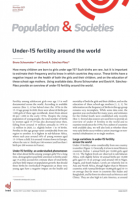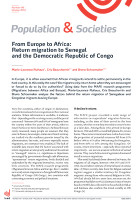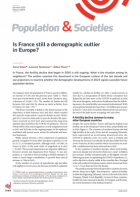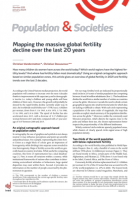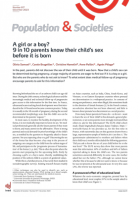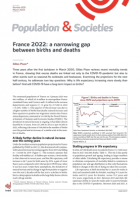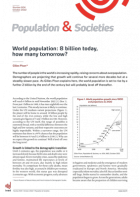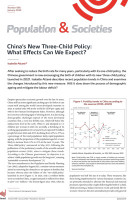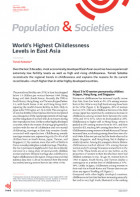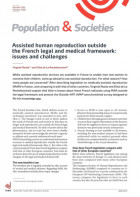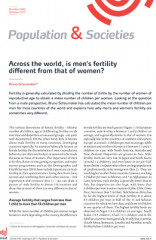
Across the world, is men’s fertility different from that of women?
Population and Societies
n° 548, october 2017
Fertility is generally calculated by dividing the number of births by the number of women of reproductive age to obtain a mean number of children per woman. Looking at the question from a male perspective, Bruno Schoumaker has calculated the mean number of children per man for most countries of the world and explains here why men’s and women’s fertility are sometimes very different.
Across the world, the mean number of children per man ranges from less than 1 to more than 13, while for women the range is between 1 and 8. It is in sub-Saharan Africa that male fertility is highest, notably in
the Sahelian countries, with 13.6 children per man on average in Niger, 13.5 in South Sudan and 12.1 in Chad. In only four countries (South Africa, Botswana, Lesotho and Namibia) is male fertility below 6 children per man. In most western countries, on the other hand, fertility is low, and men’s fertility is slightly below that of women, often by around 0.1 children.

